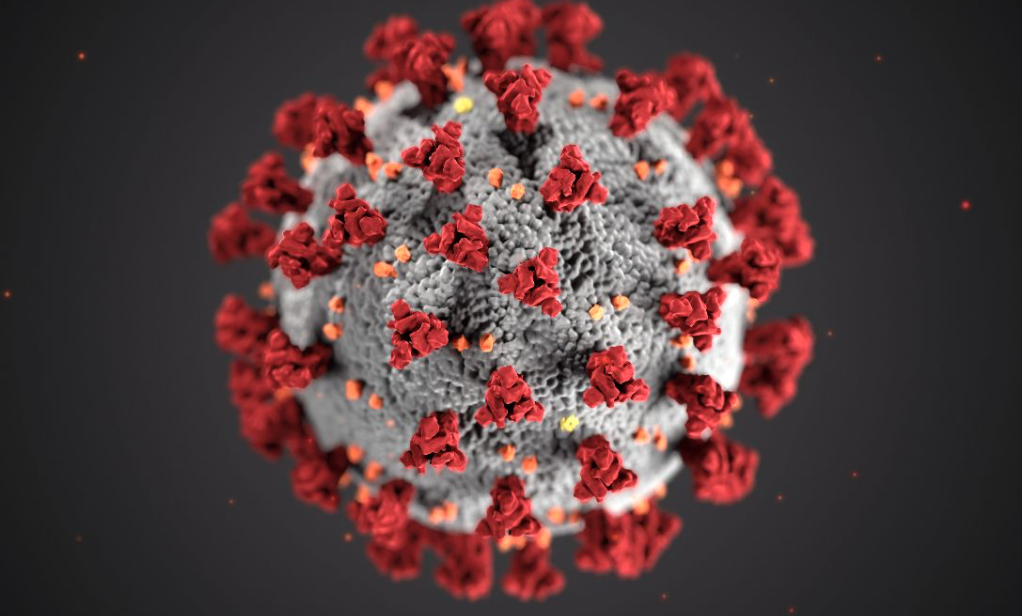T he World Health Organization (WHO) and the United States Department of Health and Human Services (HHS.gov) recommend what you should do to protect yourself against Covid-19. The guidelines include:
he World Health Organization (WHO) and the United States Department of Health and Human Services (HHS.gov) recommend what you should do to protect yourself against Covid-19. The guidelines include:
- Wash hands often
- Put 6 feet of distance between yourself and people who don’t live in your household
- Cover mouth and nose with a mask when around others
- Cover coughs and sneezes
- Clean and disinfect surfaces that people touch
- Be alert for symptoms such as fever, cough, and shortness of breath
In a previous article, I mentioned that there are three main mechanisms for the transmission of viral diseases such as Covid-19:
- Fomites
- Droplet transmission
- Airborne (aerosol) transmission
##########
- Washing hands often is a protection against fomites, which are viral particles on surfaces that you touch.
- Putting 6 feet of distance between yourself and people you don’t live with protects you against droplet transmission, as droplets from coughs and sneezes will generally drop to the floor within 6 feet of where they were emitted.
- Covering your mouth and nose with a mask primarily protects others from an infection that you might have. If everyone wears a mask in public, this protects you too.
- Covering coughs and sneezes protects others from droplets that you expel.
- Cleaning and disinfecting surfaces protect against fomite transmission
- Being alert to symptoms can get you into treatment sooner, leading to a better outcome for you, as well as preventing you from passing on Covid-19 to others.
 What these guidelines don’t do, is provide adequate protection against aerosol transmission. Aerosol microdroplets enter the air whenever a person sings, shouts, speaks, or even just breathes. Whenever you encounter someone, hopefully they are breathing. This means that they could be transmitting virus particles to you. If they are wearing a mask, this provides you with some level of protection. If you are both wearing masks, the level of protection is higher.
What these guidelines don’t do, is provide adequate protection against aerosol transmission. Aerosol microdroplets enter the air whenever a person sings, shouts, speaks, or even just breathes. Whenever you encounter someone, hopefully they are breathing. This means that they could be transmitting virus particles to you. If they are wearing a mask, this provides you with some level of protection. If you are both wearing masks, the level of protection is higher.
An important question is “How easy is it to transmit a Covid-19 infection from one person to another?” People and situations are different, so there are multiple answers to this question.
- Some infected people are carrying a high viral load. Other infected people, not so much.
- Some infected people are symptomatic. Other infected people are not.
- A few infected people are super-spreaders. Most people are only moderately contagious.
- A small enclosed space with poor air circulation is likelier to host infection transmission.
- Some events, such as a choir practice can be a “perfect storm” for infection. A large group of people, close together, are emitting a lot of aerosol micro-droplets along with the music they are performing. All it takes for one person to infect most, if not all, of the other singers is to be present and singing. This happened in Washington State in March, where 52 choir members out of 60 in attendance were infected. Three of them were hospitalized and two died.
A study conducted by researchers in Florida tested the air in a hospital room where a Covid-19 patient was being treated. Viable virus particles were detected 15.75 feet away from the patient’s head. This one finding says that keeping six feet away from people is not enough. Don’t let abiding by the six-foot distance guideline give you a false sense of security. Micro-droplets can carry much farther than that, particularly in an enclosed space with poor air circulation. Hospital rooms typically have much better air circulation than most rooms for the very reason of suppressing disease, so the 15.75 feet distance is by no means the beginning of what could be considered a safe distance.
An article appearing on July 27, 2020 in JAMA Network Open described experiments for simulated infected individuals breathing normally as well as coughing. They then estimated the exposure levels that bystanders would experience. They concluded that the danger from a person with a typical viral load is low. However, a few people with a very high viral load pose an infection risk in a poorly ventilated closed environment.
What can we conclude from this?
First, follow all the guidelines promulgated by the WHO and the USA’s CDC.
Second, avoid gathering with people who are outside the “bubble” of your household, in enclosed spaces.
Finally, be aware that no matter how strictly you adhere to the guidelines and other best practices, you could still become infected. Be on the lookout for symptoms, and seek diagnosis and treatment before your disease becomes acute.
BIO:
Allen G. Taylor is a 40-year veteran of the computer industry and the author of over 40 books, including Develop Microsoft HoloLens Apps Now, Get Fit with Apple Watch, Cruise for Free, SQL For Dummies, 9th Edition, Crystal Reports 2008 For Dummies, Database Development For Dummies, Access Power Programming with VBA, and SQL All-In-One For Dummies, Third Edition. He lectures internationally on astronomy, databases, innovation, and entrepreneurship. He also teaches database development and Crystal Reports through a leading online education provider. For the latest news on Allen’s activities, check out his blog at wwwallengtaylor.com or contact him at allen.taylor@ieee.org.